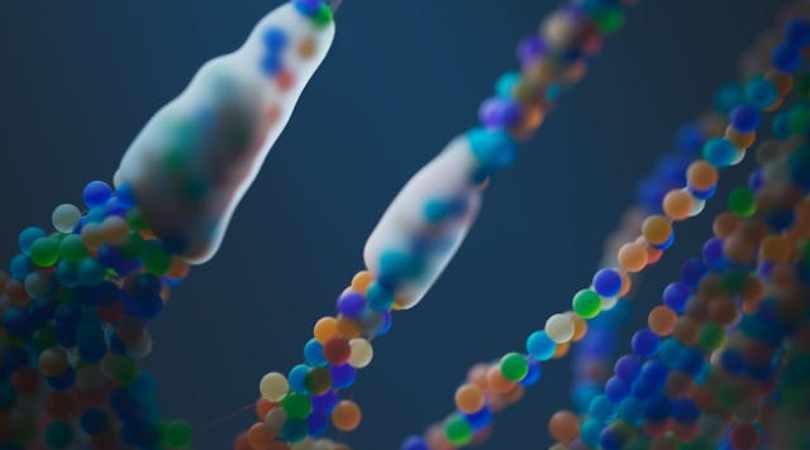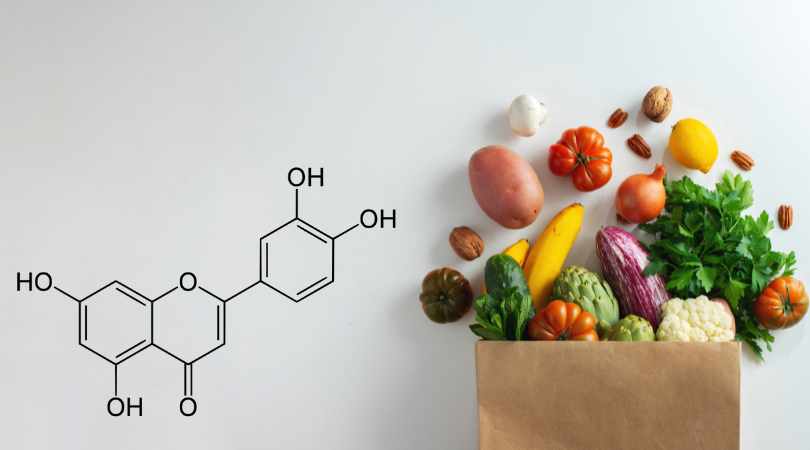Scientists have successfully restored the lost uricase enzyme, a key breakthrough in combating fructose-induced fat formation. This discovery offers new hope for preventing obesity and metabolic disorders by targeting how the body processes sugar and stores fat.
Limited Quantities Available! Order Today and Enjoy Free Shipping on Orders Over $100!
Cravings
A drive to eat, often caused by low cellular energy and mitochondrial stress—commonly triggered by excess fructose metabolism.
Cravings Aren’t Just in Your Head—They’re in Your Cells
When your cells are low on energy, your brain goes looking for a fix. Fructose metabolism plays a hidden role in triggering that spiral.
Fructose depletes cellular ATP and disrupts mitochondria, leaving the body in a low-energy state that feels like hunger—even when fuel is abundant. This energy mismatch drives cravings for sugar, salt, and fast comfort foods, setting the stage for overeating and metabolic imbalance.
SugarShield helps address the root cause by supporting the body’s ability to regulate fructose metabolism. With ingredients that promote better energy balance and reduce cellular stress, it helps calm the urge before it becomes a craving.
Explore SugarShieldWhat Are Cravings?
Cravings are powerful urges to consume specific foods—most often those rich in sugar, salt, or fat. While they’re often blamed on emotional triggers or poor willpower, the latest science reveals a deeper story: cravings are deeply tied to cellular energy balance and metabolic signaling. In short, your body may crave certain foods not because it wants them—but because it needs energy and is struggling to access it.
The Hidden Role of Fructose in Cravings
Fructose metabolism plays a unique role in driving this energy imbalance. Unlike glucose, which is used by most cells for immediate energy, fructose is processed almost entirely in the liver and:
- Rapidly depletes ATP, the body’s primary energy molecule
- Elevates uric acid, which impairs mitochondrial function
- Triggers oxidative stress, damaging energy-producing pathways
The result? Even after eating, your cells may feel energy-deprived—especially if the meal contained fructose or if your body is producing it internally via the polyol pathway.
This creates a feedback loop: low cellular energy → brain senses fuel shortage → intense cravings for quick energy → more sugar intake → repeat.
Why You Crave Sugar (Even When You’re Full)
One of the great paradoxes of modern health is the coexistence of overnutrition with constant hunger. Cravings often persist even when you’ve consumed more than enough calories. That’s because fructose doesn’t just provide empty calories—it confuses your body’s energy sensors.
Fructose tricks the brain and cells into thinking they’re in a low-energy state, even when fat stores are abundant. It’s the metabolic equivalent of being surrounded by firewood but unable to start a fire.
Cravings and Brain Chemistry
Fructose doesn’t stop at energy metabolism—it also affects the brain directly:
- Suppresses dopamine sensitivity, making you feel less reward from food over time
- Raises cortisol, the stress hormone, increasing comfort food seeking
- Impairs leptin signaling, the hormone that tells your brain you’re full
These changes may contribute to compulsive eating, emotional hunger, and cycles of binge behavior—particularly during stress or sleep deprivation.
The Role of Endogenous Fructose
Even if you don’t eat sugar, your body can produce fructose internally through the polyol pathway, especially when under stress, dehydrated, or consuming high-carb or high-salt meals. This internal fructose production can keep cravings active, even on a sugar-free diet.
A Metabolic Approach to Curbing Cravings
Traditional approaches to cravings—like willpower, distraction, or low-calorie swaps—often fail because they don’t address the root problem: a mismatch between cellular energy needs and mitochondrial capacity.
By supporting mitochondrial function and reducing the metabolic burden of fructose, natural interventions like luteolin and tart cherry extract may help:
- Restore energy availability in cells
- Calm stress-induced cravings
- Support balanced dopamine and leptin signaling
These compounds form the basis of SugarShield’s approach: stop cravings before they start, by targeting the metabolic drivers beneath them.






